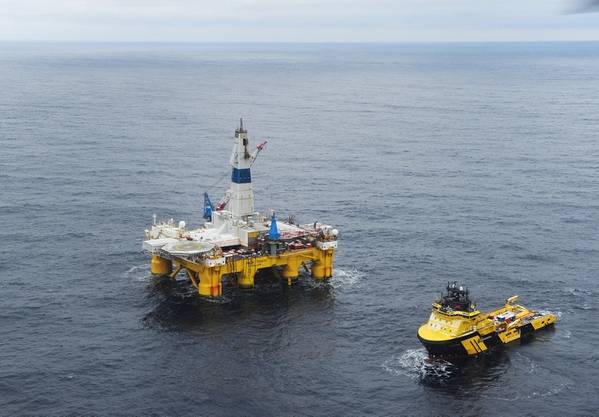
A slew of reports out of Norway over the past month point to rising oil industry salaries (and therefore costs) after two years that saw heavy investments offshore.
For the 225,000 Norwegians who work in oil and gas, both hikes are good news. Closest to home, though, is wage inflation that has pushed the average oil industry salary for academic- and science-based jobs to $110,000 a year (NOK 1 million), the engineer-heavy union, Tekna, says in a statement.
Privately held industry numbers crunchers Rystad Energy, and the more “stately” numbers crunchers at Statistics Norway suggest a slight drop in oilfield investments — just $300 million (Stats Norway) — is expected in 2020, a year expected to yield NOK 182.6 billion ($20.25 billion) in oilfield work, including pipelines.
After that, opinion is divided. Post 2023, some see another boom time, while others see decline or at least a decline in investment growth.
“It it’s about staying cool and avoiding rising costs,” Norwegian Oil Industry Association director, Tommy Hansen, said in late November.
Yet, this week the industry advocacy released a report that revealed the hand-in-hand march of rising salaries and historically high offshore investments. Crucially for the sector, the Association sees four more years of “exploration and concept studies” spending at an average annual tilt of NOK 28 billion ($3.11 billion) — or roughly the total spending of all other Norwegian industries in a given year.
E&P and planning people are expensive. For the 81,000 members in the industry union, Tekna, a rise in salary year-on-year of 2.4% is comfortably above inflation of about 1.6% (if not above surging Norwegian public-sector salaries), just as median home incomes in Norway show zero growth, a reflection, partly, of lost jobs in the new economy.
Oil industry salary growth, however, is steadily moving northwards, as that’s where the oil industry association says investments are being allotted most. By 2023, nearly 30 percent of all offshore investment in Norway will be in the Barents Sea, as spending in the Far North triples from today’s levels.


